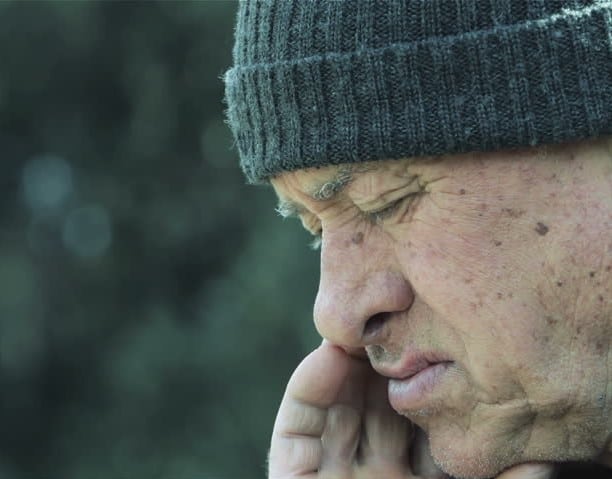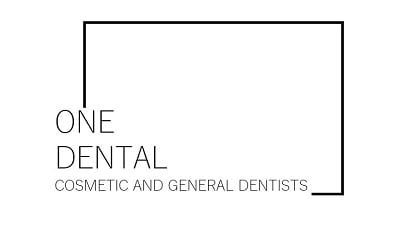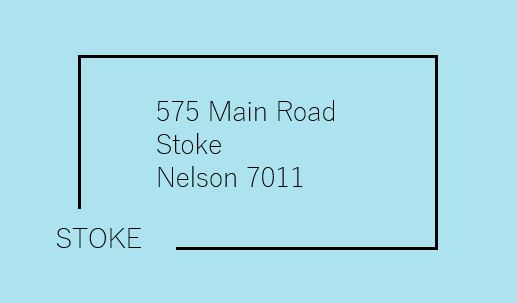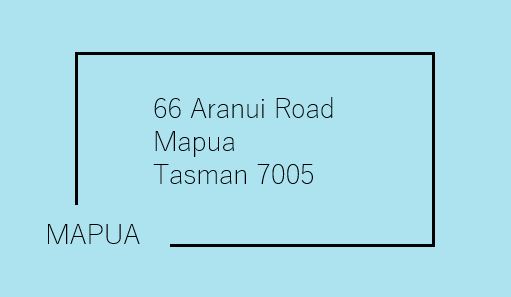
Extractions
Teeth may require removal (extraction) for a number of reasons. These include:
- Infection – (root canals may be an option to avoid extraction)
- Trauma
- Decay
- Gum disease (periodontal disease)
- Orthodontic – for overcrowding
- The tooth may also be simply just too broken down to restore.
What is involved?
An x-ray is taken to assess what the roots look like and what infection is present. The tooth and gum area is then numbed with Local Anaesthetic so the procedure is pain free. During the procedure you will still feel pressure – this is normal.
If the tooth has curved roots or is very broken down, it may be necessary to surgically remove the tooth in sections. This involves lifting up a gum flap to allow removal of a small amount of bone and to divide the tooth into parts. This will then require sutures to be placed.
If a tooth is particularly difficult to extract or is a wisdom tooth then a referral to an Oral Surgeon may be required.
What can I expect after a tooth is removed?
You will experience some discomfort following an extraction. We will provide you care instructions that help keep you comfortable after the extraction. Following the instructions and using pain relief medications specified will usually keep you comfortable and functioning normally.
The area is likely to be painful and there maybe some swelling for up to a week. This pain will gradually subside, but it is likely to be a month before you are no longer noticing the area.
You may experience limited mouth opening. Occasionally there may be tingling or numbness of the lip and tongue.
Bad breath and a bad taste is also very common in the first week following the extraction.
What is a dry socket?
A dry socket is more likely to occur in smokers, difficult extractions or when there is infection present prior to the extraction. It can also occur if you rinse your mouth vigorously or within 24hrs of the extraction.
A dry socket is an infection that develops due to loss of the blood clot. Pain is experienced that is usually quite severe and not resolved by regular pain relief tablets. It may wake you at night. It usually presents 2-3 days following an extraction.
We have methods to help resolve a dry socket and get you comfortable – please contact us to help you.
What should I do following an extraction?
We will provide you with instructions to help you heal quickly and stay comfortable. Please do follow these instructions as they are designed to help you.
- Take pain relief immediately following an extraction. This should be taken while you are still numb. Pain relief may be prescribed for you. If no pain relief if prescribed we tend to recommend:
2 x 500mg Paracetamol then 2 hours later, 2 x 200mg Ibuprofen – then repeat the cycle beginning 2 hours later.
Do check that it is safe for you to take these medications before taking them.
- Do not rinse or spit for the first 24hrs. This is important to prevent dislodging the blood clot. After 24hrs the mouth can be rinsed gently with a warm salty mouthwash (1tsp salt to 1 cup warm tap water). 2-3 times a day for the first week. Be gentle, no vigorous rinsing.
- No smoking, alcohol, exercise or hot drinks for 24 hrs
- Avoid brushing the area until it is comfortable. Brush your other teeth and keep your mouth clean. Also keep your tongue and fingers out of the socket.
- Keep eating and drinking – soft foods such as avocados, bananas, yoghurt, mashed potatoes/vegetables, soup, smoothies work well.
Sutures (Stitches) – these are usually removed in a week unless they are dissolving sutures. Dissolving sutures usually take 2 weeks to dissolve.
Bleeding – it is normal for the site to ooze. You may notice your saliva is slightly pinkish. However if is there is notable red blood then use the gauze compress given to you. Sit upright, place damp gauze over the extraction site and bite firmly for a timed 20 minutes.
A clean handkerchief, or used cool teabag (the tannins help prevent bleeding) also work well.
Swelling – swelling and bruising are common. This is a normal inflammatory response. A cold compress over the area can help with this. If you do not have a cold compress use a bag of frozen vegetables, wrap in a tea towel and hold on the area for maximum of 20 mins 2-3 times a day.
Remember – if you are concerned about anything following your extraction please phone us.
Stoke Location
Mapua Location
575 Main Road Stoke Nelson
Mapua - One Dental
66 Aranui Road
Maupa
Tasman 7055
035403440
office@onedental.co.nz


 Phone
Phone